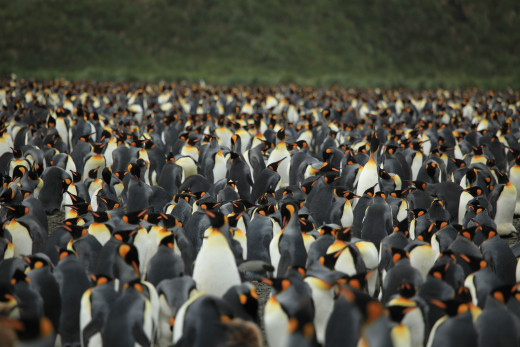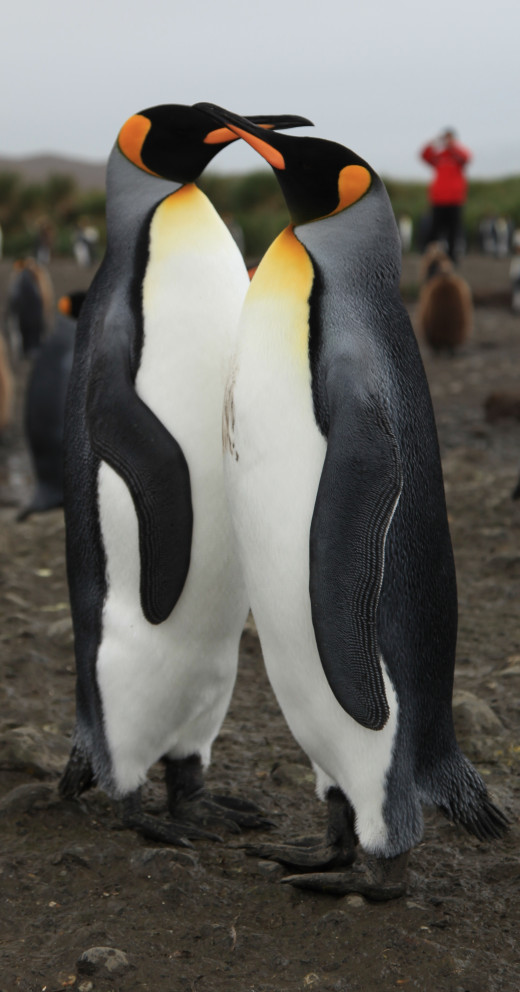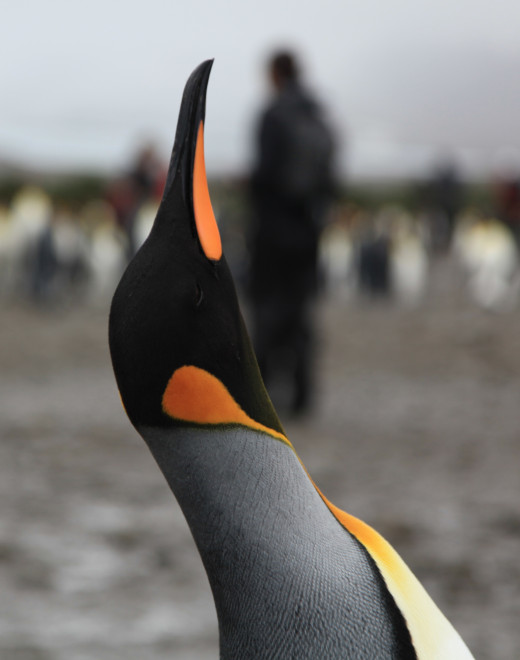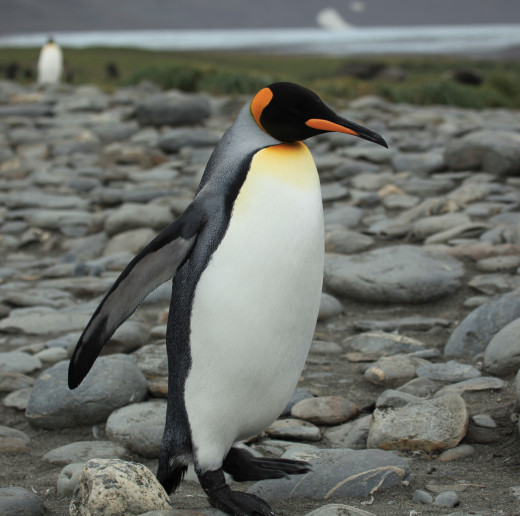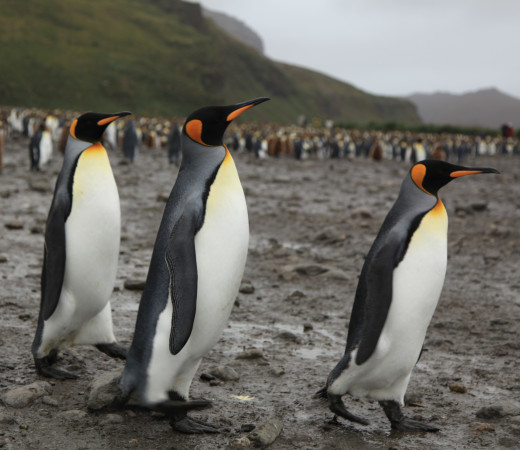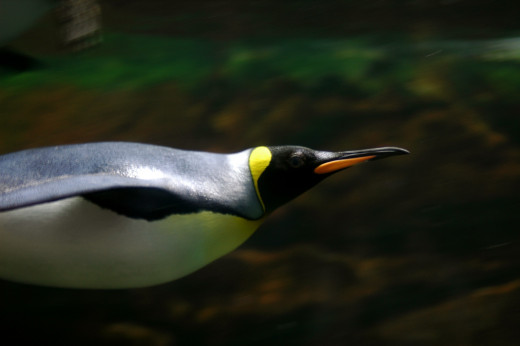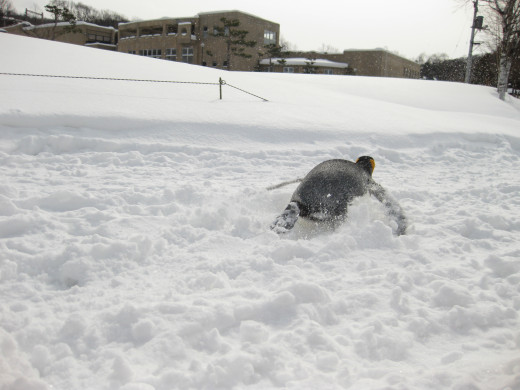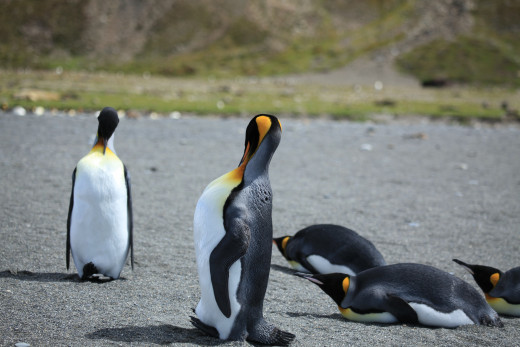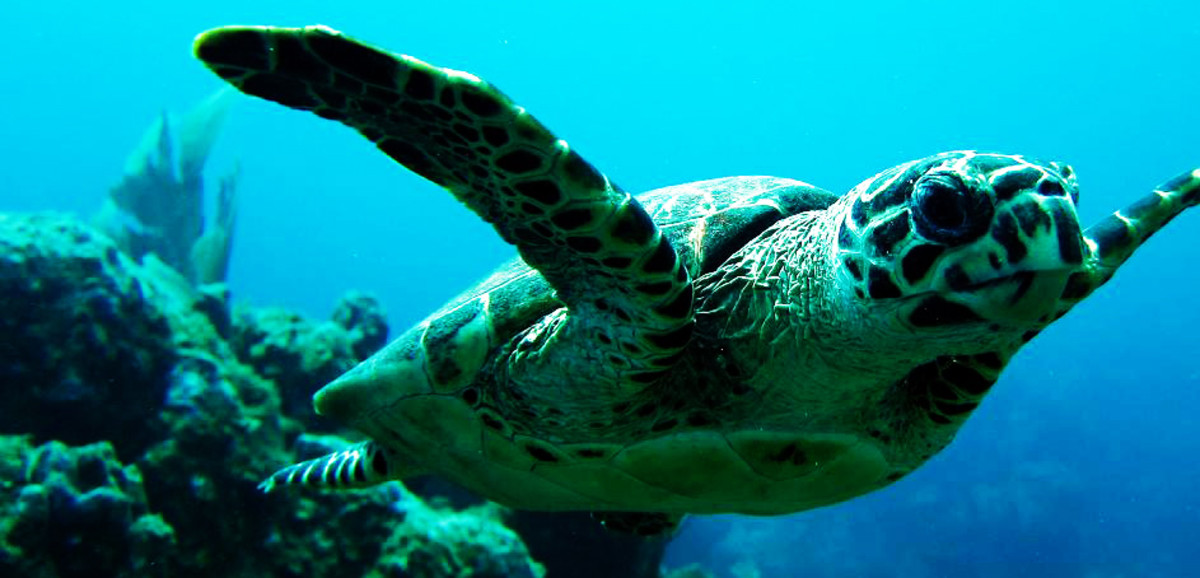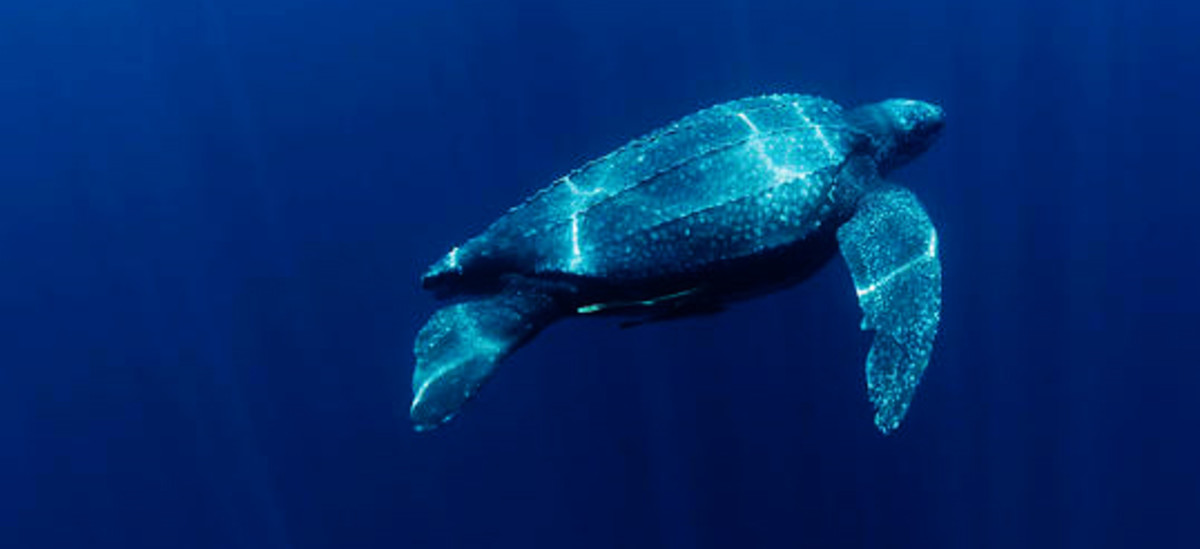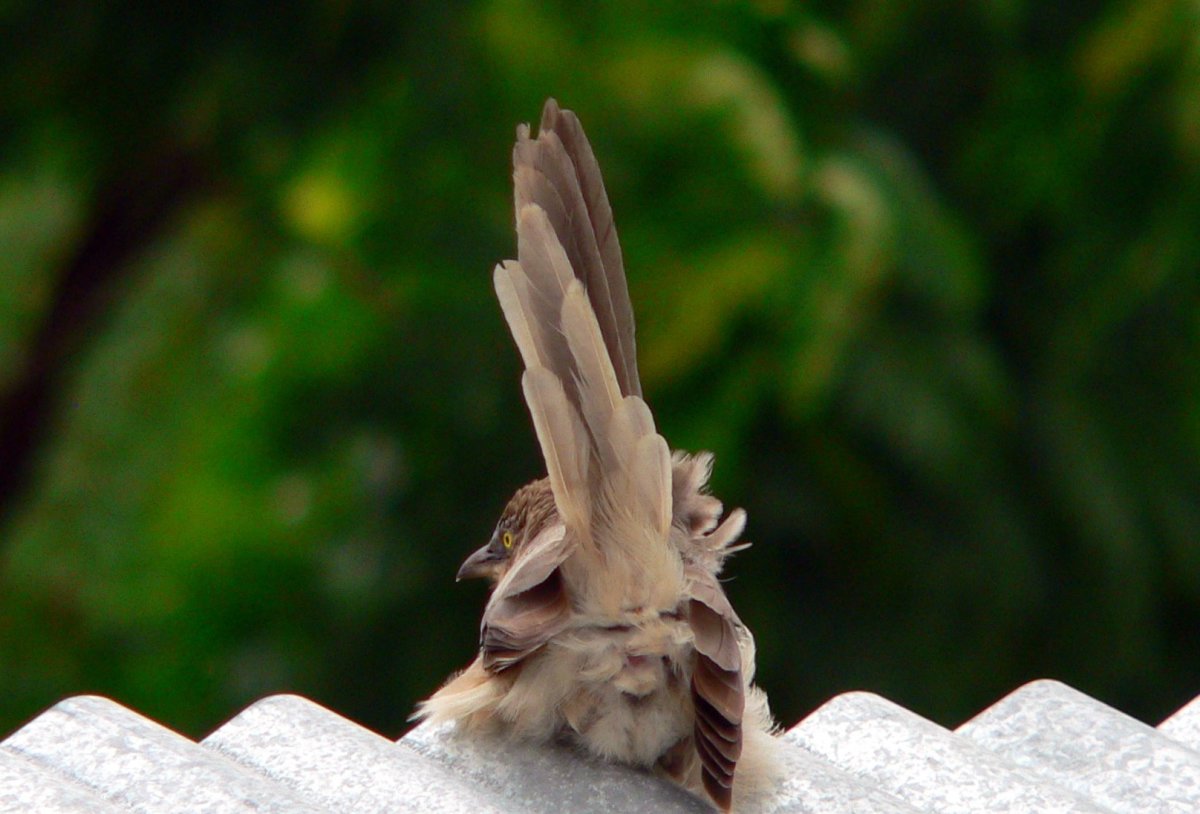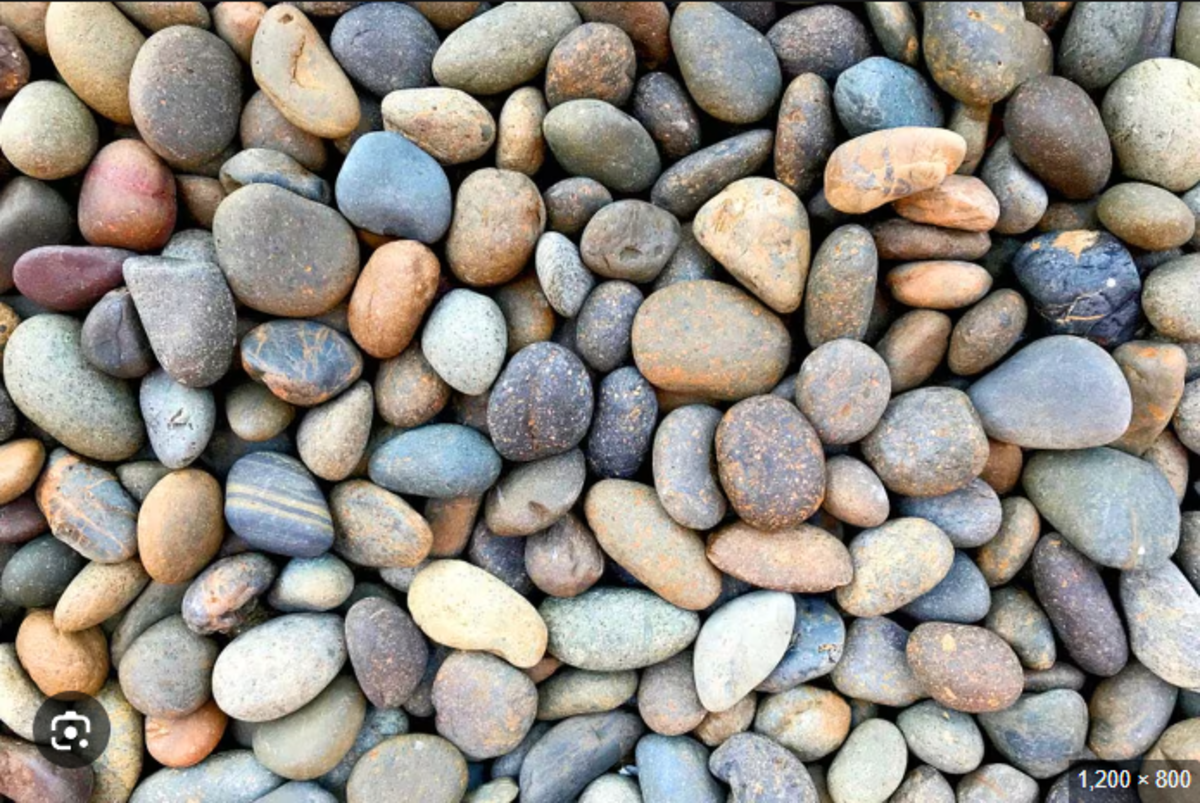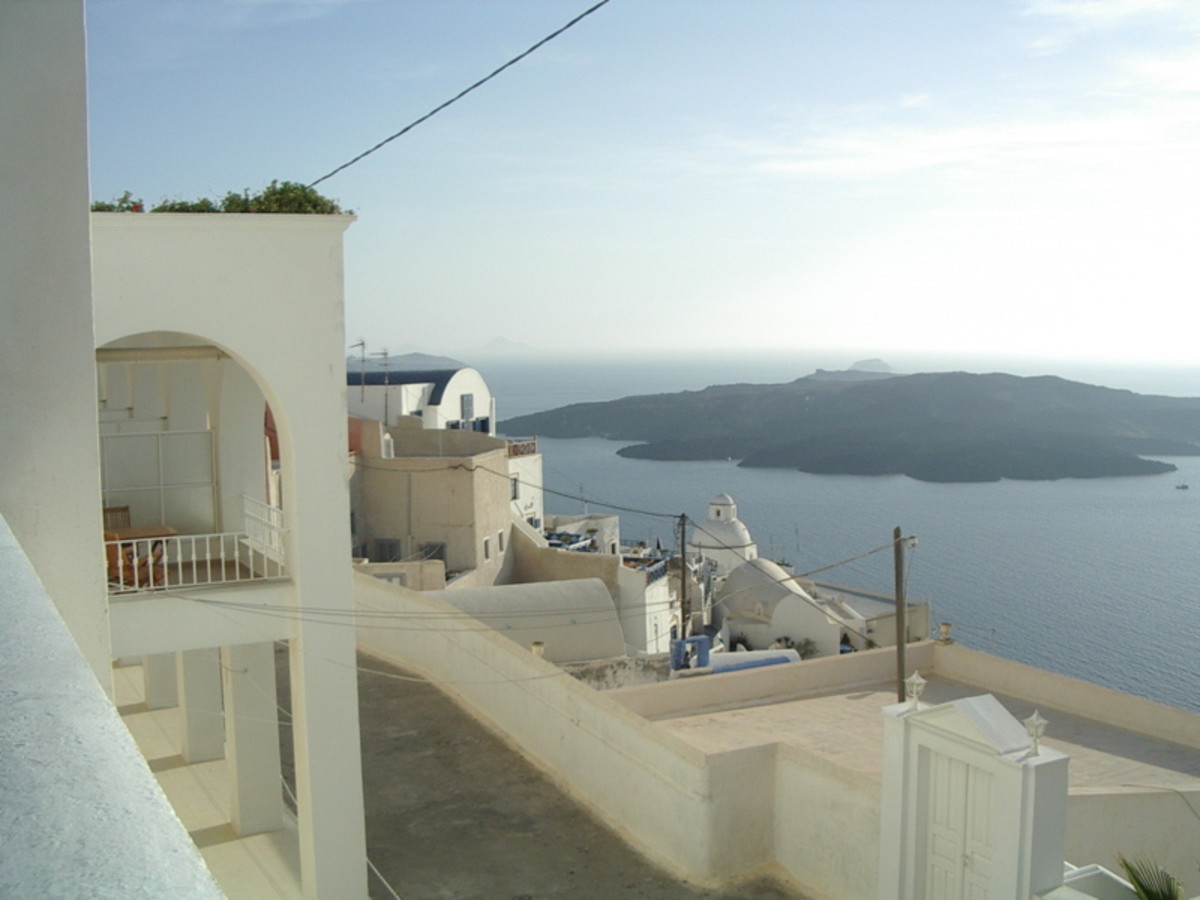Every Bird a King, the King Penguins
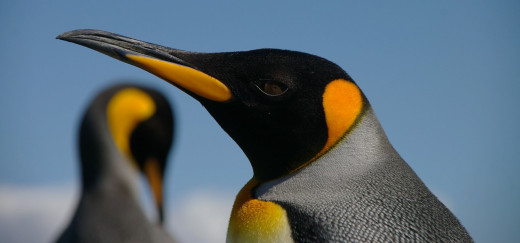
The King Penguin are elegant and handsome birds and are a species found in the sub-Antarctic islands. They are the second largest species of penguins next to the Emperor Penguins.
Scientific Classification (Taxonomy):
Kingdom: Animalia
Phylum: Chordata
Class: Aves
Order: Sphenisciformes
Family: Spheniscidae
Genus: Aptenodytes
Species: Aptenodytes patagonicus

Conservation Status – Least Concern (LC)


Abbreviations and explanation of terms used:
NPS – Nature Protection Society
--------------------------------------------------------------------------------------------------
Brood Patch – A brood patch is a patch of featherless skin that is visible on the underside of birds during the nesting season
Moult – A process where the penguins lose their old feathers and have them replaced by new ones.
Preen - Clean with one's bill
Monogamous – mating with a single partner
Incubation - Sitting on eggs so as to hatch them by the warmth of the body
Bioluminescence - Luminescence produced by physiological processes
Plumage - feathers - The light horny waterproof structure forming the external covering of birds
Vagrant - A wanderer who has no established residence or visible means of support
Altricial - (of hatchlings) naked and blind and dependent on parents for food
Nidicolous - (of birds) remaining in the nest for a time after hatching

Characteristics and behaviour of the King Penguins:
- There are two subspecies of King Penguins; the Aptenodytes patagonica patagonicus and Aptenodytes patagonica halli





- The King penguins are flightless birds, weigh around 11 to 16 kg and grow up to 90 to 95 cm tall. The female is slightly smaller than the male.
- They have black coloured head, dark orange coloured cheeks, long thin beaks, white coloured chest and belly and dark silvery grey coloured back, black feet and grey eyes. They have pale yellow ear patches and orange gold feathers on their neck.
- They develop the adult colours or plumage only when they are two years old.
- They have four layers of feathers to keep them warm, the outer layer is waterproof and oiled and the inner layers help keep the body warm from the bitter cold. There is a gland in the tail area that helps produce the oil and preen it on their feathers.
- They do not build nests.



- They can dive up to more than 100 m while looking for food during the day time. They have been found up to a depth of 300 metres. In the nights they dive only up to a depth of 30 metres. They spend approximately 5 minutes submerged in water during the dive.The dives of the King penguins are termed as flat bottomed because of the fact that they dive in, stay in water for a period of time hunting for food (almost 50% of the total dive time) and then return to the surface.
- They travel to a distance of 28 to 30 km away from the colony looking for food and they swim at a speed of 6.5 to 10 km per hour on an average.
- Shallow dive speeds are around 2 km per hour and deeper dive speeds are around 5 km per hour on an average.
- While on land, the penguins either walk or slide over ice on its belly. They walk very slowly.

Habitat, distribution and food of the King Penguins:
- The King penguins are found in the sub-Antarctic regions where one of the species the patagonicus is found in the South Atlantic areas like the Falkland islands and South Georgia and the halli is found in the other areas like the Indian Ocean and South Pacific Ocean. They like temperate regions where the temperatures are a bit warmer.
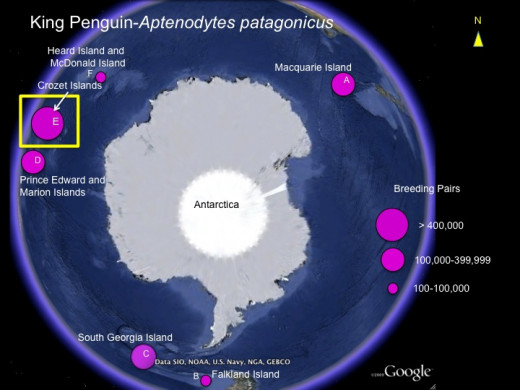
- They are found in slightly sloped beaches and breeding pairs maintain territories.
- In the sea, they are found in ice free waters.
- They are also kept in captivity in zoos and aquaria in various countries around the world.
- They feed on small fish like lanternfish and squid which form almost 80 to 100% of their diet and they rarely eat crustaceans and cephalopods.

Reproduction in King Penguins:
- The king penguins breed in the Sub-Antarctic islands which are on the northern regions of the Antarctica. They are also found breeding in South Georgia, the Falkland Islands, Tierra del Fuego and other temperate islands around that area.
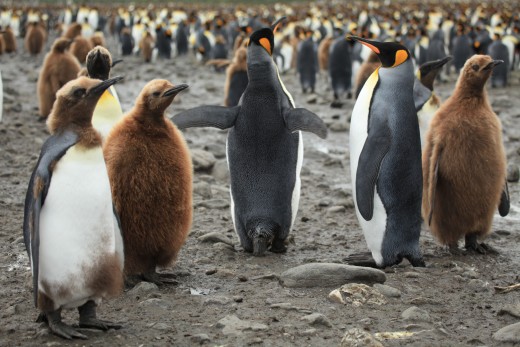
- Non-breeding pairs are found in the sub Antarctic regions of Southern Indian Ocean, South Atlantic Ocean and also the Asian regions of the southern oceans. Vagrant birds are found in the Antarctic Peninsula, South Africa, Australia and New Zealand.
- The King penguins become mature when they are 3 years old, but they breed when they are around 6 years old. They have huge breeding colonies.
- They are serially monogamous with one mate each year while breeding and the breeding cycle itself is quite long. The King Penguins attempt to breed every year but are in general successful only once in two years or twice in three years.
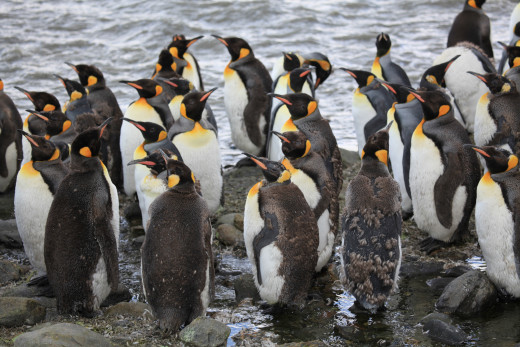
- The birds come to the colonies during the months of September to November for prenuptial moult which takes four to five weeks time. During this period, they cannot go into the sea for fishing as their feathers are shed and new ones growing. So they live on their body reserves until the new feathers are fully developed / grown. After this they return to the sea for around twenty days to regain body reserves and then come back again in November or December. Birds that were unsuccessful in breeding the year before may arrive earlier.
- The female penguin lays one egg that weighs around 300 to 310 gm. The egg is soft initially but later hardens and is pale green in colour and pear shaped. The male and female penguins take shift in incubating / brooding the egg that is held on their feet covered by the brood patch. They take turns every 3 to 18 days while the other goes out looking for food. The egg takes around 55 days to hatch. The hatching process takes between two to three days. The chicks are born semi-altricial and nidicolous and depend on their parents completely for food and warmth. It stays on its parents’ feet where it is sheltered by a pouch called brood patch that is formed from the abdominal part of the parent.
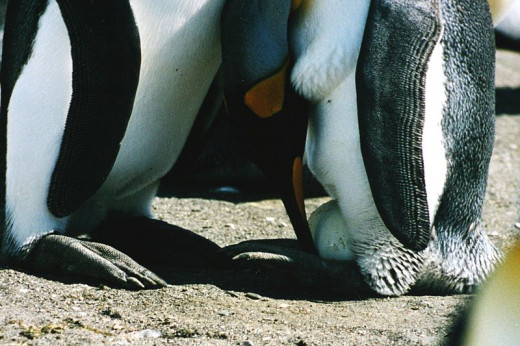
- Parents take shift in guarding the chick every three to seven or even fourteen days, while one guards the chick and the other goes looking for food. The chicks grow bigger in around 30 to 40 days and after this they start to explore the area around. They have brown plumage and they are able to handle the temperature by now. Sometimes they join a group of other chicks called crèches that are guarded by a few adult penguins or are left there while other adults go looking for food. They wait for a few days for food.
- During Winter season, the chicks are left with other chicks and both the parents go looking for food. During this time, the chicks are rarely fed where they stay without food for anytime between one to five months.
- In order to feed the chicks, the adult penguin eats a fish, digests it slightly and regurgitates it into the chick’s mouth.
- The chicks are fully grown by April and they fledge in late spring or early summer that is when they are almost 14 to 16 months old and this is also a season when food is found in plenty so that they can survive alone. At this age they go to the sea only if they have lost all the fluffy brown feathers and grown the new adult ones.
- They do not return until they are ready for breeding.
- They can live up to 15 to 20 years in the wild and up to 30 years in captivity.

How are the chicks and adult penguins able to survive periods without food in cold weather?
They have increased metabolic activity by burning the fat in their muscle tissues. The stored body fat helps them to survive for a few months. When the fat reserves become depleted, the chicks breakdown body protein to provide energy when they lose weight faster. During this time they need to be fed and if not, they will starve.

The unusual breeding cycle of the King penguins:
The king penguins lay only one egg at a time and carry it on their feet covered by the brood patch. The hatching and looking after the chick has been discussed above in the reproduction part of the king penguins.
Considering the breeding time, there are two types of breeders among the king penguins; the early breeders and the late breeders.
Early Breeders:
- Lay eggs in November and eggs hatch around mid-January
- Chicks become independent around April
Late Breeders:
- Lay eggs in January and eggs hatch around the month of March
- Chciks become independent around June when they are left alone to cope with the cold winter blizzards and other severe weather conditions.
- The chicks huddle together in the crèches for warmth and use up the fat reserves in their body to stay alive till their parents return to feed them every four to six weeks.
- Sometimes the wait can be three to five months and during this time the chicks lose almost half their body weight.
- In spring the food is available in plenty and the parents return more frequently and the chicks by this time are more independent.
- The parents moult, go back to the sea to improve their body reserves for breeding and become late breeders for that season.
- Unsuccessful breeders, or parents who have lost their egg or chick will become early breeders for the next season.

Threats faced by the King Penguins and any conservation efforts for the King Penguins:
There are estimated to be around two to three million breeding pairs of King penguins and the population is at an increase.
- Crozet island – 455,000 pairs
- Prince Edward Islands – 228,000 pairs
- Kerguelen Islands – around 240,000 to 280,000 pairs
- South Georgia Islands – 100,000 pairs
- Macquarie Island – 70,000 pairs
King penguins - Attenborough: Life in the Freezer - BBC
- During the 19th and 20th centuries, these king penguins were exploited for their oil, flesh, eggs and skin till commercial hunting was banned. Some breeding colonies were completely exterminated as a result of these huntings.
- King penguins have certain predators that include birds and other mammals. The Skua species, the leopard seal, killer whale, the orcas, the sheathbills and the fur seals are some of the predators. They feed on eggs, chicks, dead birds, and even adult penguins.
- Although there is tourism near the breeding colonies of South Georgia and Falkland islands, the impact of this on penguins is very less as they are tolerant of the tourists. However there is a concern for introduction of diseases or pests or predators that can cause harm to the breeding population.
- Due to increase in their population, they are not under any conservation programs at the moment.

Interesting facts about the King Penguins:
- The largest breeding population of the King penguins is found in the Crozet island which has an estimate of 455,000 breeding pairs.
- King penguins were released by the NPS in Finnmark and Northern Norway in 1936, however there have been no reports of sightings of these birds since the 1949.
- The maximum dive recorded for a King penguin is 343 metres in the Falkland Islands region.
- The maximum dive time (time submerged in water) recorded for a King Penguin is 552 seconds in the Crozet Islands.
- Adult penguins sometimes travel around 400km looking for food.
- A King penguin can identify its chick by its voice amongst a mass of chicks.
- The King Penguins have the largest breeding cycle of all birds, that is 14 to 16 months.
Antarctica,the king penguins of Gold Harbour, South Georgia.
- There are more than 80 colonies of king penguins and a colony can have anything between 30 to thousands of birds.
- The King Penguins cannot hop.
- The chicks were thought to be woolly penguins by early explorers.
- They feed on prey that produce light by bioluminescence and hence can see the prey in the night too.
- They can drink salt water where the excess salt is filtered out through the nostrils
- The King penguins were once found in the Staten Island until they were wiped out by the sealers during the nineteenth century.

I hope you enjoyed reading about the king penguins and their interesting features and behaviours. Please do leave your thoughts, views and experiences in the comments section below. I would like to hear from you.
Livingsta


